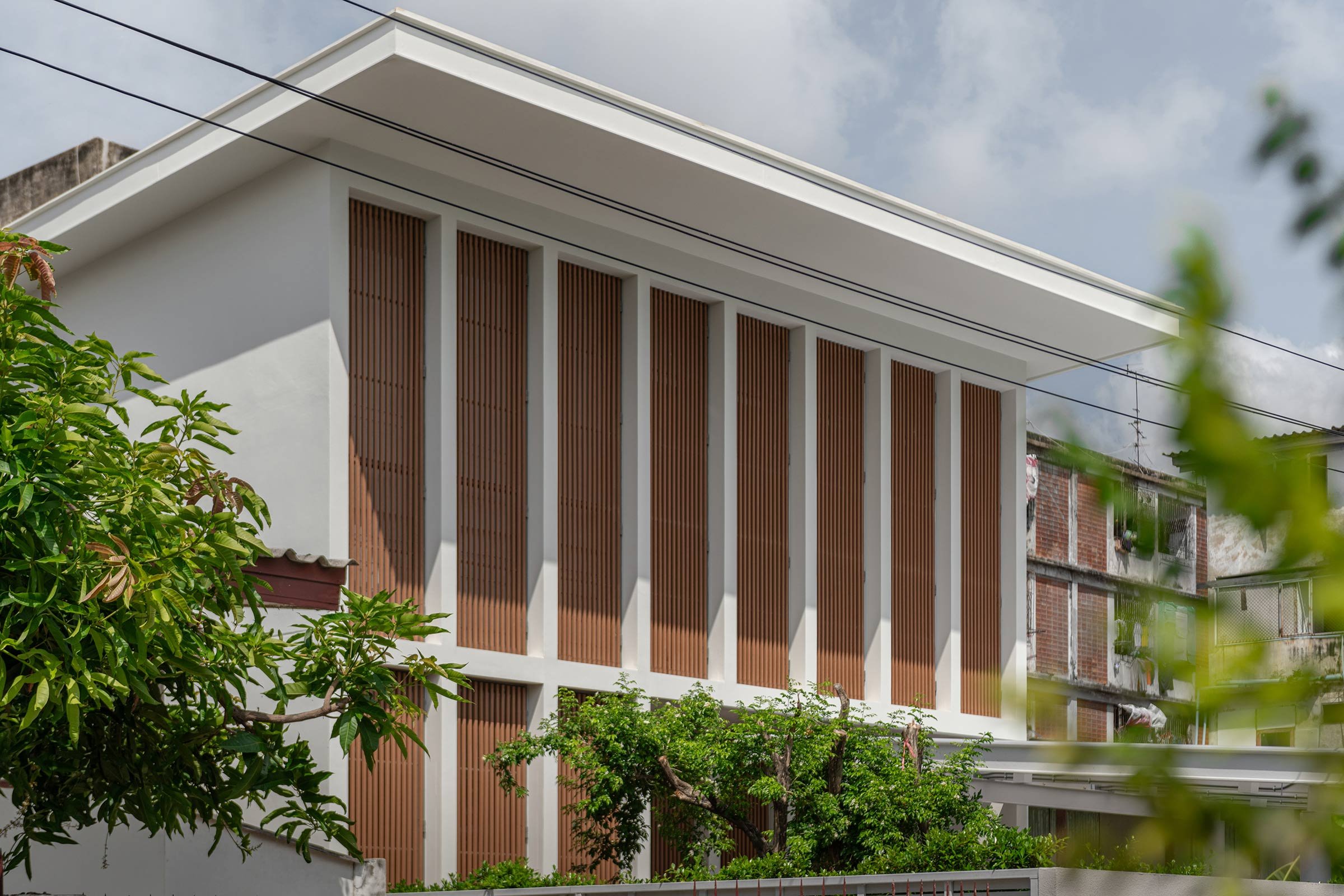The Gallery House

In Seoul, multi-unit residential project Brighten N40 makes its home in a Jean-Michel Wilmotte-designed building with interiors by local studio INTG. Here INTG founders Daniel Song and Kate Cho tell us more about the Gallery House concept they developed for the units
Design Anthology: How did you first meet the client?
Kate Cho (KC): Shinyoung is one of the most successful developers in Seoul, and we had previously designed another multi-unit luxury residence for them.
What was the client’s brief to you for the project?
KC: Since the project is a multi-unit residence, it was unique in the way that we were supposed to design a house for imaginary residents, not for a specific person or a family.
In the beginning of the project, we went through a ‘persona-building’ process, which involved defining who would be living in the complex and what their lifestyle and needs might be. The process led us to the idea that there may be an invisible line between the type of experiences the residents would want in the public and amenity spaces and in their own unit.
Daniel Song (DS): The brief was to create an upscale urban housing project that embodies the contemporary essence of the Seoul lifestyle. Our vision was to create a gallery-like house, with a minimal, tranquil ambience, where residents can showcase their personalities through their belongings. The concept of the Gallery House offers a flexible living space, where the residents’ tastes can take centre stage and they can adapt and personalise the atmosphere of their units according to their needs and desires.
The communal areas, on the other hand, were crafted to offer a variety of facilities and activities, elevating the overall living experience for all residents. Whether it be the executive office, library lounge, fitness facilities or private kitchen spaces, the amenity spaces were designed to foster a sense of hospitality and give residents spaces to socialise and unwind.
Please tell us a little about the material choices for the spaces.
KC: For the residential units, we intentionally kept the material palette and overall atmosphere very minimal.
We took a different approach to the shared areas. The Wellness Lounge, for example, was designed to create a monumental ambience with enhanced spatial variation. We superimposed sculptural volumes within the space in various stone finishes and metal surfaces to disguise the repetitive columns in the space.
Did you design any custom pieces for the space?
DS: We designed a custom armchair and coffee table for this project. The armchair was designed to emphasise a Korean aesthetic by interpreting the behaviour of ‘sitting together and lingering’ with the simplest relationship between lines and surfaces.
For the coffee table, we aimed to incorporate the minimal aesthetics found in Korean traditional furniture, but in a modern interpretation. Again, we used a composition of simple lines and surfaces. To achieve a unique finish, we used a traditional Korean craft technique called ottchil, which is a natural method for creating a high-gloss lacquer finish.
Images by Yongjoon Choi












































